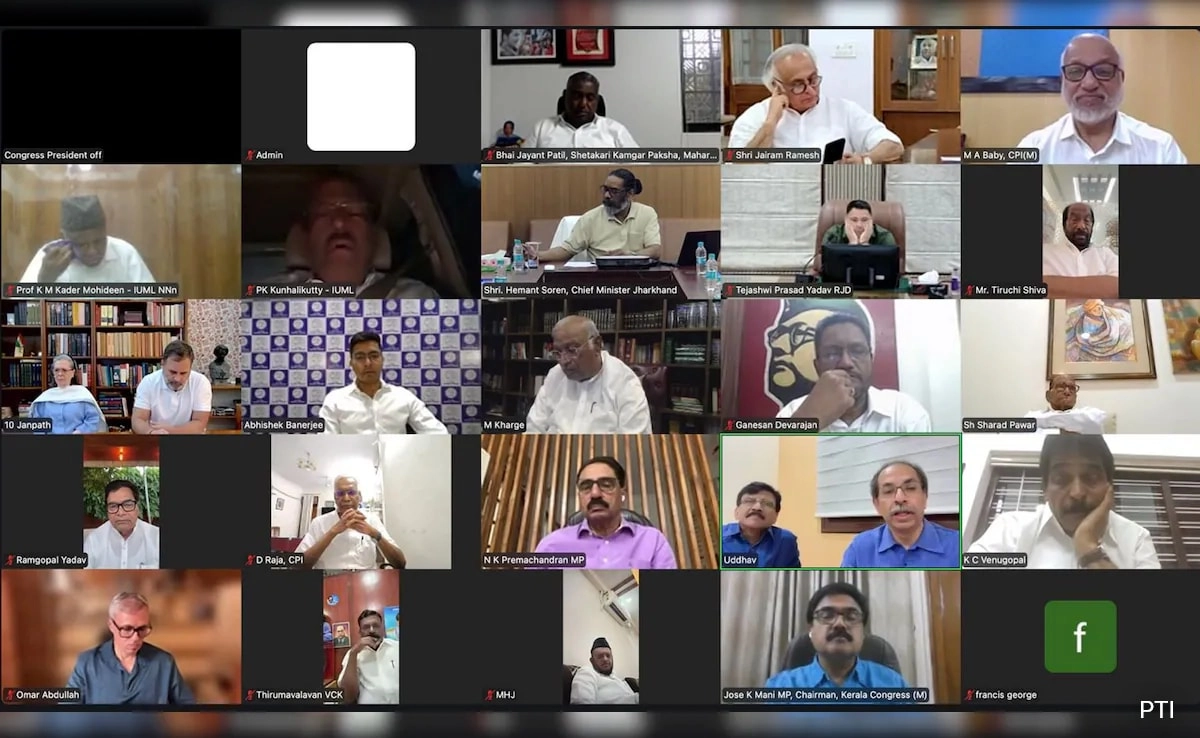In a significant move to combat the alarming levels of air pollution in the Indian capital, Delhi’s government has mandated that all high-rise buildings must install anti-smog guns by November 29. This initiative is part of a broader strategy aimed at addressing the persistent smog that envelops the city, particularly during the winter months when pollution levels tend to spike. These anti-smog guns, which spray water droplets into the air to capture and settle particulate matter, are expected to play a crucial role in improving air quality and mitigating the health impacts associated with poor air conditions.
The decision to implement this measure comes as part of a comprehensive approach to tackle the environmental challenges that plague Delhi, a city that has frequently been ranked among the most polluted in the world. Authorities have recognized that high-rise buildings, which are prevalent in the urban landscape of Delhi, contribute to the retention of pollutants in the air. By requiring these structures to deploy anti-smog technology, the government aims to reduce the concentration of harmful particles that can exacerbate respiratory illnesses and other health issues among the city’s residents.
In preparation for the installation of these anti-smog guns, building owners and management teams are being urged to expedite the procurement and setup processes to meet the November deadline. The government is also expected to provide guidelines and support to ensure that the installation is carried out efficiently. The initiative has garnered mixed reactions, with environmentalists praising the effort while also emphasizing the need for more comprehensive measures, such as stricter regulations on emissions from vehicles and industries, and increased green cover in urban areas.
As Delhi grapples with its air quality crisis, the introduction of anti-smog guns marks a proactive step towards creating a healthier environment for its citizens. However, it is crucial for the government to continue developing and enforcing policies that address the root causes of pollution, rather than merely focusing on temporary solutions. The successful implementation of this initiative could serve as a model for other cities facing similar air quality challenges, highlighting the importance of innovative technologies in the fight against pollution. Ultimately, the goal is not just to reduce smog on a temporary basis but to foster long-term improvements in air quality and public health.




